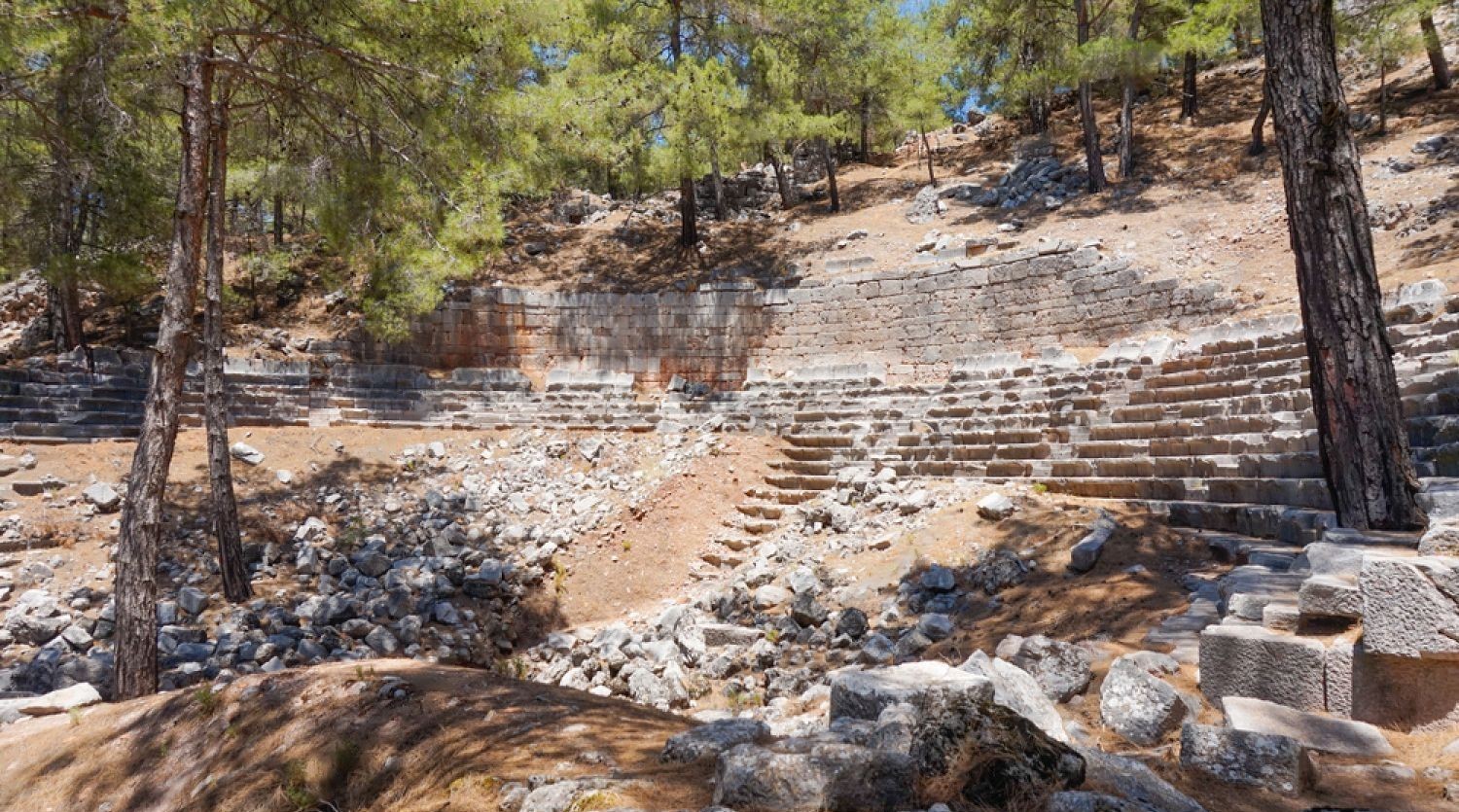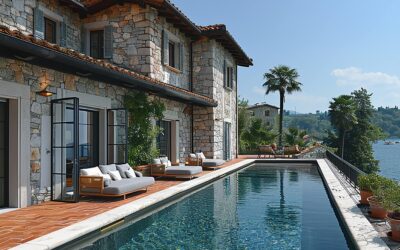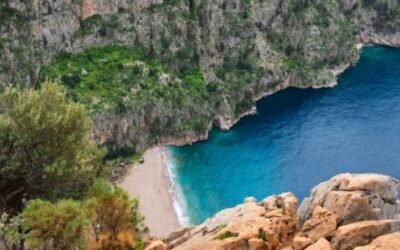Lycians lived in the ancient settlement in Üzümlü town of Fethiye district of Muğla and 24 km from Fethiye. Excavations have begun in the ancient city of Cadianda, which houses Hellenistic and Roman ruins.
The ancient city, which houses monumental structures such as a stadium, bath, theater and agora. It is one of the important cities of the Lycian region. The Southern Necropolis, the Hellenistic theater of the city, was built in the 5th century BC. Studies are being carried out on Lycian tomb monuments dating back to the 16th century. Excavations continue and Muğla Sıtkı Koçman University Archeology Department carries out.
The inscriptions found in the city, the tombs in the Necropolis and the city’s BC. It has a history dating back to the 5th century. The ancient city is also known as ‘Kadawanti’ in Lycian inscriptions. The remains that have survived from the city belong to the Hellenistic and Roman periods.
In the history of the city, a donation made by the ruler Pizzadoros together with other Lycian cities is mentioned when they Lycian Hecatomnus was under the rule.
It is understood that Pınara Tlos and Cadianda helped this ruler in a revolt against Kaunos. While the coins belonging to the city cannot be identified, the buildings in the area where the city was built have the splendor of the Roman period. Due to its location, it is an indicator of magnificence and power. There are mausoleums belonging to the Necropolis area on the pathway leading to the city from Üzümlü district to the south. It is possible to come across sarcophagi and other types of tombs.
There is a theater built in the Hellenistic period and repaired in the Roman period on the southern walls. The sitting steps in the north indicate that it was used as a stadium. The inscriptions mention two athletic festivals celebrated in the city. There are many statue bases around the stadium. These pedestals are the statues of athletes. It is understood that the emperor Vespanius, who was close to the stadium, had a bath built in the city.
The north of the stadium is a structure in which a Doric temple is preserved with all its parts. At the southwest, there are ruins that may be 82 meters long Stoa. Many cisterns were built during the Roman period.
It is clear from the surrounding remains that the Kent Territorum contains the settlement and more.
Except for epigraphic surface studies, scientific studies have not been conducted in Cadianda and its surroundings in recent years.




